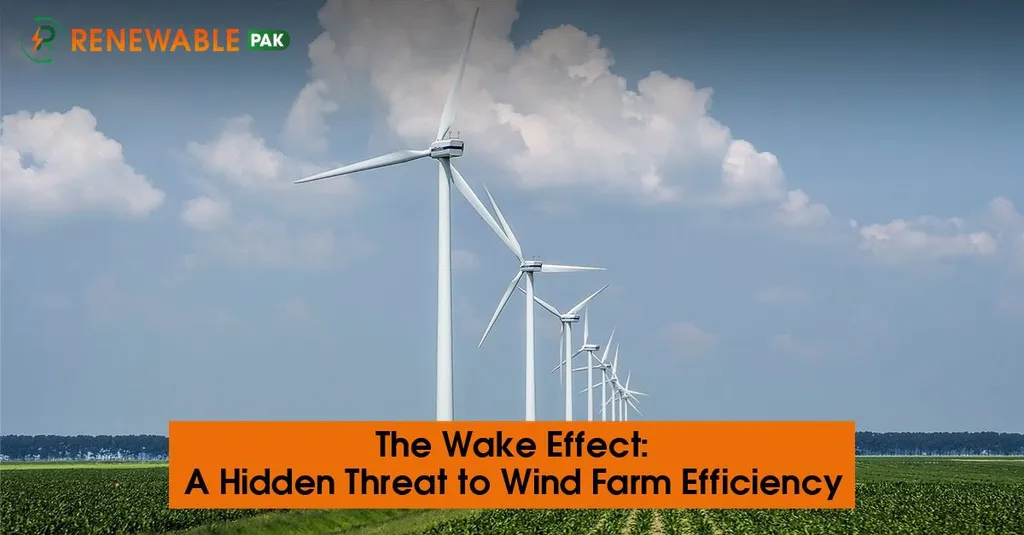Researchers from the University of Oldenburg’s ForWind Center for Wind Energy Research have uncovered new insights into the behavior of wind farm wakes, which could have practical implications for wind farm design and efficiency.
The team, led by Gabriele Centurelli and including Joachim Peinke, Bughsin’ Djath, Johannes Schulz-Stellenfleth, and Gerald Steinfeld, used Large-Eddy Simulations (LES) to study the asymmetric behavior of turbulence in the wake of offshore wind farms. Their findings, published in the Journal of Physics: Conference Series, reveal that the Coriolis force, which is responsible for the Earth’s rotation, plays a significant role in shaping these wakes.
The researchers found that in the northern hemisphere, a streak of increased turbulence kinetic energy (TKE) forms on the left side of the wind farm wake when viewed downstream. This asymmetry is primarily caused by the veering of the wind direction with height, known as wind veer, which is a result of the Coriolis force in a marine atmospheric boundary layer. The process involves a larger production of TKE due to increased vertical shear where the undisturbed veer profile converges towards the wake in the upper part of the atmospheric boundary layer.
Interestingly, the researchers found that this TKE streak improves the farm wake recovery modestly, meaning it helps the wind to regain its speed more quickly downstream of the wind farm. They also found that in the southern hemisphere, the TKE streak appears on the opposite side of the wake, i.e., the right one.
The researchers compared their simulation results with on-field measurements and found striking similarities, validating their findings. These insights could help wind farm developers to design more efficient wind farms by taking into account the effects of the Coriolis force and wind veer on wake behavior. This could lead to improved wind farm performance and increased energy output.
In summary, the research highlights the importance of considering the Coriolis force and wind veer in the design and operation of offshore wind farms. By doing so, developers can potentially improve wind farm efficiency and energy output. The research was published in the Journal of Physics: Conference Series.
This article is based on research available at arXiv.

